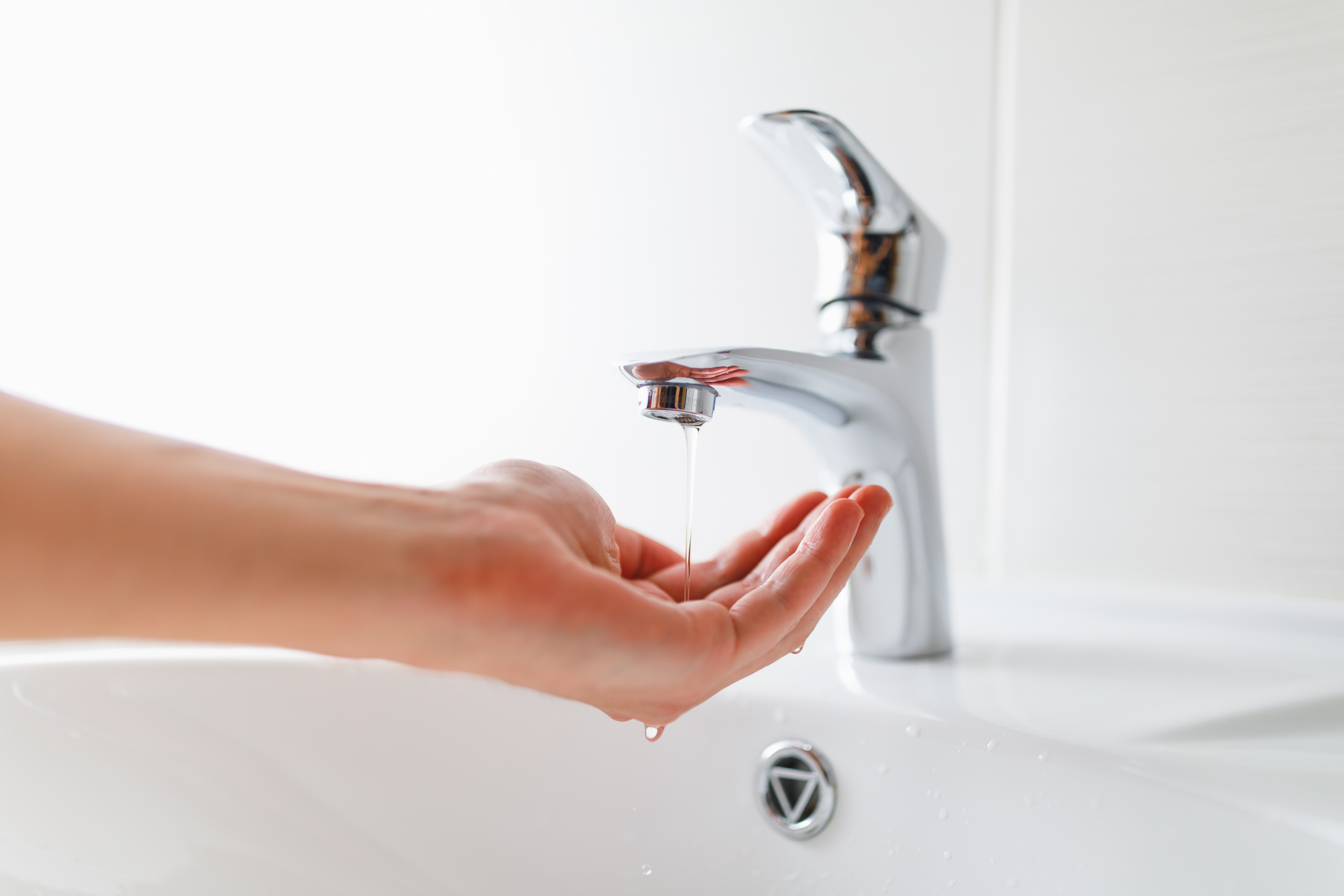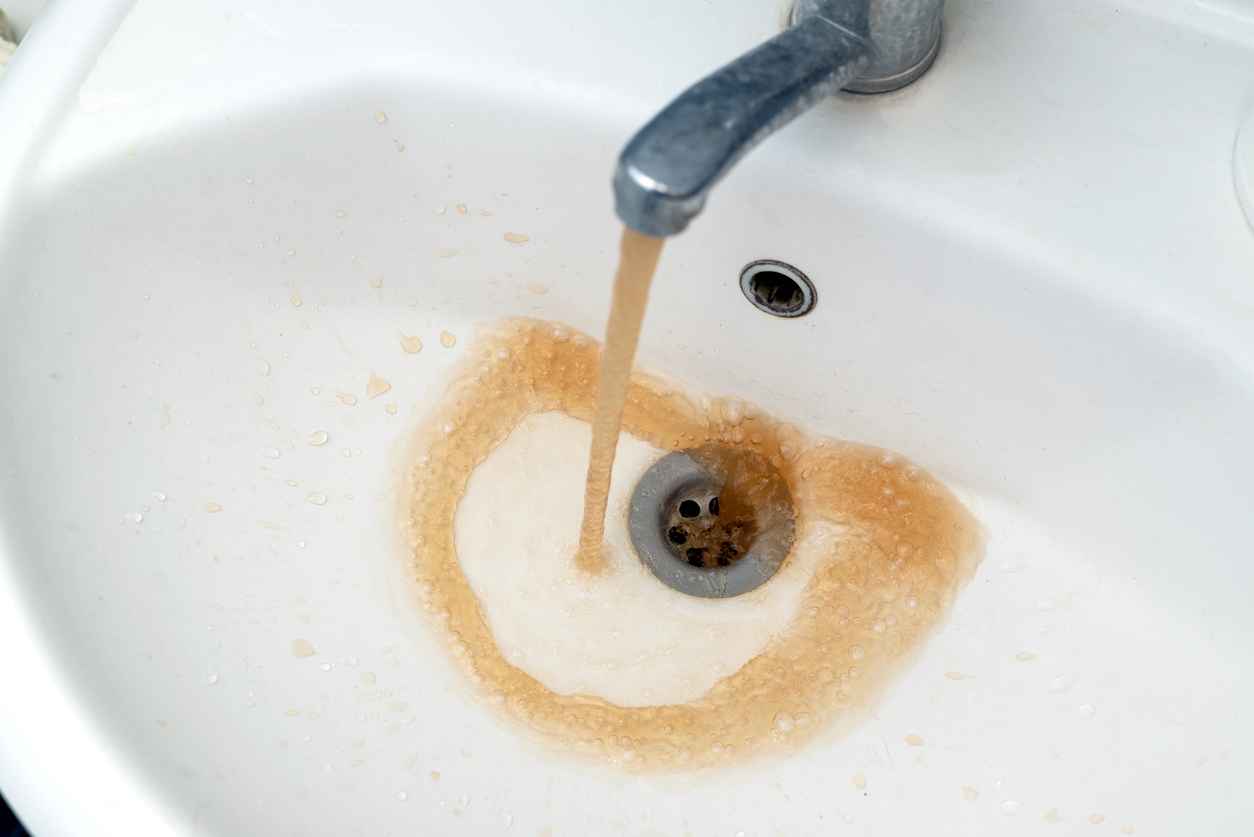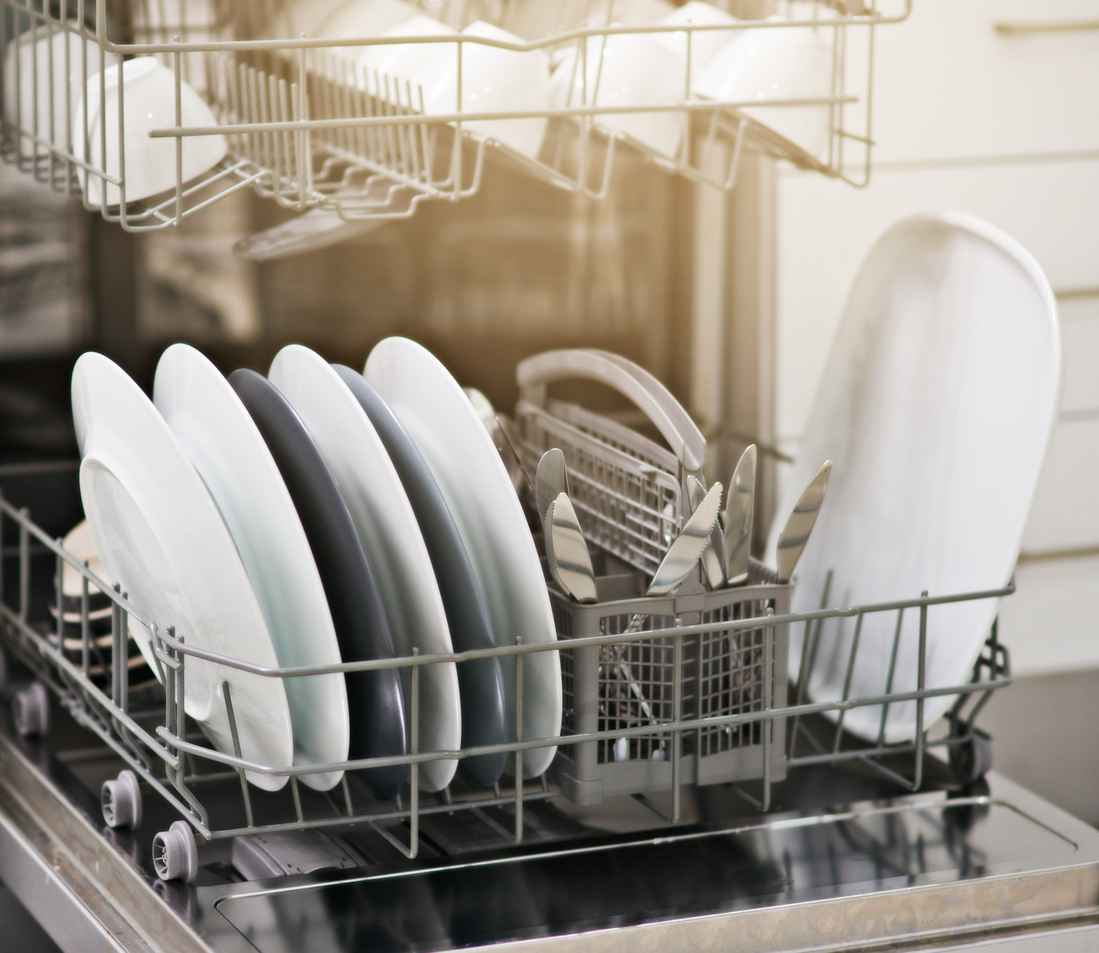Basic Annual Maintenance

Basic Annual Maintenance
August 9, 2021
Many homeowners are unaware of the maintenance requirements of the average well water system. The Water Dr. recommends servicing a well water system yearly.
The Importance of Well Water Maintenance
The Water Dr. provides its customers with yearly reminder postcards in the mail to help remind homeowners it’s time for system service! Well water system components and maintenance requirements can vary from home to home, but here are some basics!
Basics of Well Water Maintenance
The average well water system is comprised of two major pieces of equipment, the well pump and tank. The well pump is responsible for bringing water in from the well. This then fills the well tank, which provides your home with water. When the well tank needs to refill, it signals to turn on the well pump to bring more water in from the well. There are two types of well pumps, jet and submersible pumps. Jet pumps are inside the house, located next to the well tank, while submersible pumps are located inside the well itself.
If any component of the well water system is functioning incorrectly, the other components can become overworked. This can shorten the lifespan of the equipment and result in more frequent replacement. This can be prevented with routine well maintenance. Stopping problems before they start or catching problems early can save your equipment. Here are some common issues that can be avoided or corrected with yearly service.
The well tank functions by using air pressure to deliver water to your faucets. When you turn on your faucet, the air in the tank pushes water into the pipes and up to your faucet. The most common issue associated with a well tank is lack of air. If there is no air, your tank will be unable to provide the house with water. Some tanks have a rubber bladder inside, and some do not. Bladderless tanks are more likely to lose their air throughout the year, as the air in a bladderless tank will dissolve into the water. In the event of a power outage, a bladderless tank will allow the air to escape should you try and use a faucet. In tanks featuring a rubber bladder, the air will slowly escape over time. This will cause the tank to overfill, stretching the rubber of the bladder and causing a tear. The water will replace the air. In this case, the tank will need replacement. If this occurs, homeowners will notice water surges with usage (strong to weak flow intermittently). This is a result of an overworked pump, due to the malfunction of the tank. If this continues the well pump will burn out and need to be replaced.
Sediment and metals in water can be a potential issue. These are naturally occurring substances that enter the well tank and settle at the bottom. These substances can solidify and block the tank inlet, impeding the flow of water. A blocked inlet can result in a damaged tank and an overworked pump and the eventual replacement of both.
During a basic yearly service, a technician will assess the overall health of the equipment. They will check for sediment buildup, flush the tank, and remove build-up. They will check air levels in the tank and adjust accordingly. This routine maintenance of the system can help extend the lifespan of equipment and prevent a cascade of equipment failure. This is a basic overview of potential equipment issues, we will delve deeper in subsequent articles. This is a basic overview of the importance of a yearly service, if anyone has any questions, please do not hesitate to contact us!
Contact Water Dr. LLC for Your Well Water Maintenance!
Recent News

Troubleshooting No Water or Low Water Pressure Issues: When to DIY and When to Call Experts
May 23, 2024

Top Benefits of Investing in Water Filtration Services in Connecticut
March 30, 2024

Why Well Water Testing is Essential for Homeowners in Ansonia, CT
January 20, 2024

Maximize Your Water Quality: 5 Essential Tips for Winter
November 22, 2023

What You Need to Know About PFAS Filtration
October 25, 2023

Unveiling the Most Common Water Contaminants
September 1, 2023

